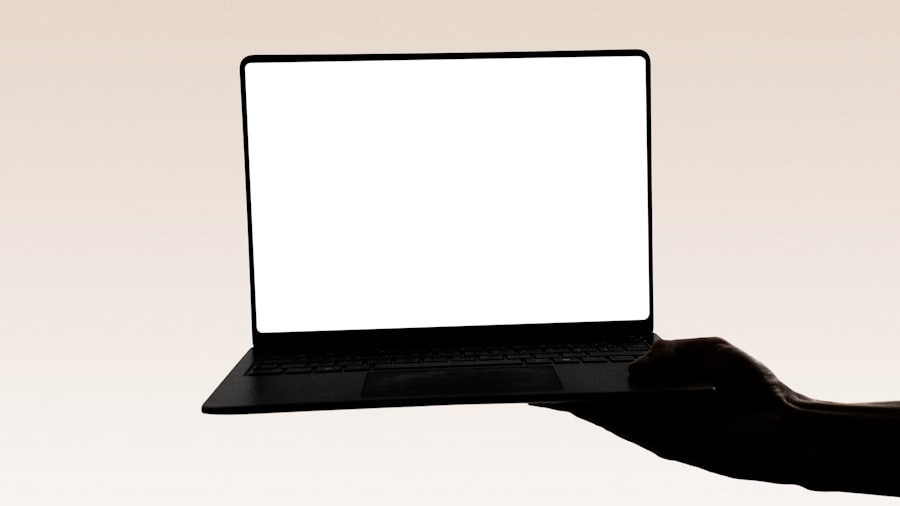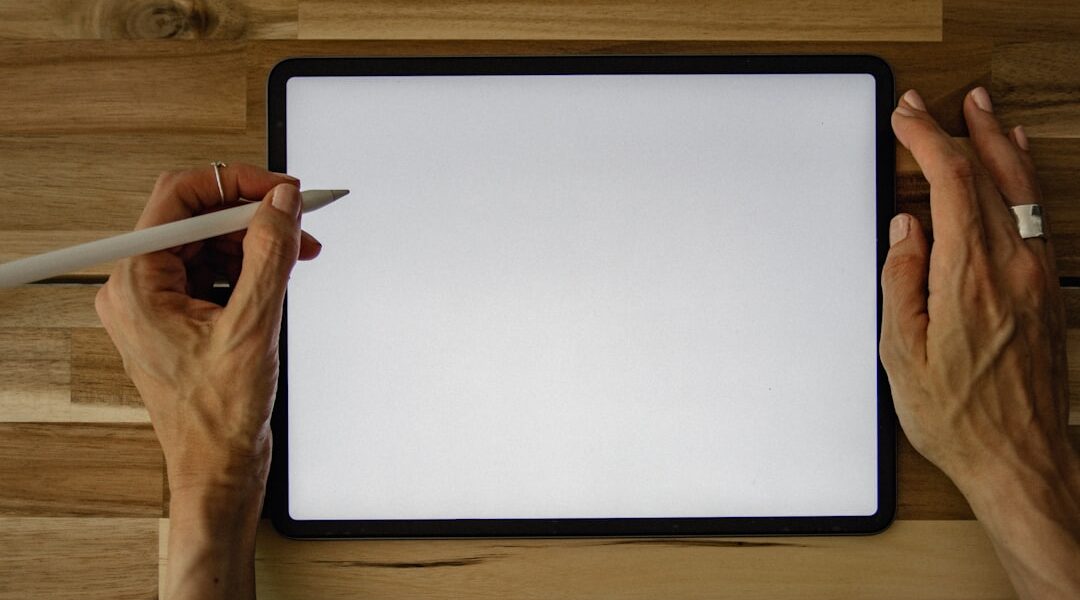The flipped classroom model represents a significant shift in traditional educational paradigms, where the conventional roles of in-class and out-of-class activities are reversed. In this innovative approach, students first encounter new content outside the classroom, typically through video lectures, readings, or other digital resources. This initial exposure allows them to engage with the material at their own pace, fostering a sense of autonomy and responsibility for their learning.
When students come to class, they are not merely passive recipients of information; instead, they actively participate in discussions, collaborative projects, and hands-on activities that deepen their understanding of the subject matter. This model is rooted in constructivist theories of learning, which emphasize the importance of active engagement and social interaction in the educational process. By flipping the classroom, educators can create a more dynamic learning environment that encourages critical thinking and problem-solving skills.
The role of the teacher transforms from a lecturer to a facilitator or guide, providing support and resources as students navigate their learning journeys. This shift not only enhances student engagement but also allows for differentiated instruction tailored to individual learning needs.
Benefits of Flipped Classroom for Remote Learning
The flipped classroom model offers numerous advantages for remote learning environments, particularly in enhancing student engagement and promoting deeper understanding of content. One of the most significant benefits is the flexibility it provides. Students can access instructional materials at any time and from any location, allowing them to learn at their own pace.
This flexibility is particularly beneficial for diverse learners who may require additional time to grasp complex concepts or who have varying schedules due to work or family commitments. Moreover, the flipped classroom model fosters a more interactive and collaborative learning experience. In a remote setting, students can engage with their peers through discussion forums, group projects, and virtual study sessions.
This interaction not only helps to build a sense of community among learners but also encourages the exchange of ideas and perspectives that enrich the educational experience. Additionally, teachers can use class time more effectively by focusing on application-based activities that reinforce the material covered in pre-class assignments, leading to improved retention and understanding.
How to Implement Flipped Classroom in Remote Learning

Implementing a flipped classroom model in remote learning requires careful planning and consideration of various factors to ensure its effectiveness. The first step is to identify the content that will be delivered outside of class time. Educators should select topics that lend themselves well to independent study and can be effectively communicated through digital resources such as videos, podcasts, or interactive modules.
It is essential to create or curate high-quality materials that are engaging and accessible to all students. Once the content is established, educators must develop a clear structure for how students will engage with it. This may involve setting specific deadlines for completing pre-class assignments and providing guidelines for how students should prepare for in-class activities.
Communication is key; teachers should clearly articulate expectations and provide support as students navigate the new format. Additionally, incorporating formative assessments can help gauge student understanding before class time, allowing educators to tailor in-class activities to address any gaps in knowledge.
Tools and Resources for Flipped Classroom in Remote Learning
| Tool/Resource | Description | Benefits |
|---|---|---|
| Video Conferencing Platforms | Platforms like Zoom, Google Meet, or Microsoft Teams for virtual class meetings and discussions. | Facilitates real-time interaction, screen sharing, and recording for future reference. |
| Learning Management Systems (LMS) | Platforms like Moodle, Canvas, or Blackboard for organizing course materials, assignments, and assessments. | Centralized location for resources, grading, and communication with students. |
| Interactive Whiteboard Tools | Tools like Jamboard, Miro, or Microsoft Whiteboard for collaborative brainstorming and visual presentations. | Encourages active participation and creativity in virtual lessons. |
| Screen Recording Software | Software like Screencast-O-Matic, Loom, or Camtasia for creating instructional videos and tutorials. | Allows teachers to create engaging content for asynchronous learning. |
| Online Quizzing and Polling Tools | Tools like Kahoot, Poll Everywhere, or Quizizz for interactive assessments and student engagement. | Provides immediate feedback and gauges student understanding in real-time. |
A variety of tools and resources are available to facilitate the implementation of a flipped classroom model in remote learning environments. Video creation platforms such as Screencast-O-Matic or Loom enable educators to record lectures or tutorials that can be shared with students. These tools often come with features that allow for editing and enhancing videos with annotations or quizzes, making the content more interactive.
Learning management systems (LMS) like Google Classroom or Canvas play a crucial role in organizing course materials and facilitating communication between teachers and students. These platforms allow educators to post assignments, share resources, and track student progress all in one place. Additionally, collaborative tools such as Padlet or Miro can be utilized for brainstorming sessions or group projects, enabling students to work together effectively even when they are physically apart.
By leveraging these technologies, educators can create a rich and engaging learning environment that supports the flipped classroom model.
Overcoming Challenges in Flipped Classroom Remote Learning
While the flipped classroom model offers many benefits, it also presents several challenges that educators must navigate to ensure its success in remote learning contexts. One significant challenge is ensuring that all students have access to the necessary technology and internet connectivity required for online learning. Disparities in access can lead to inequities in educational opportunities, making it essential for schools to address these issues proactively by providing resources such as loaner devices or internet hotspots.
Another challenge lies in student motivation and accountability. In a traditional classroom setting, teachers can monitor student engagement more easily; however, in a remote environment, it can be difficult to ensure that students are completing pre-class assignments. To combat this issue, educators can implement strategies such as regular check-ins, peer accountability groups, or gamification elements that encourage participation and completion of tasks.
By fostering a supportive online community and maintaining open lines of communication, teachers can help motivate students to take ownership of their learning.
Engaging Students in Flipped Classroom Remote Learning

Engagement is a critical component of successful learning experiences, particularly in remote settings where students may feel isolated or disconnected from their peers. To enhance student engagement in a flipped classroom model, educators can incorporate a variety of interactive elements into their instructional design. For instance, using multimedia resources such as videos, podcasts, and interactive simulations can capture students’ attention and cater to different learning styles.
Additionally, fostering opportunities for collaboration is essential for maintaining student interest and motivation. Group projects or discussion forums can encourage students to share their insights and learn from one another. Educators might also consider incorporating real-world applications of the content being studied; for example, assigning projects that require students to solve authentic problems or conduct research on current events related to the subject matter can make learning more relevant and engaging.
Assessing Student Progress in Flipped Classroom Remote Learning
Assessment plays a vital role in understanding student progress within the flipped classroom model. Traditional assessment methods may not fully capture the depth of understanding that students achieve through active engagement with content outside of class time. Therefore, educators should consider employing a variety of assessment strategies that align with the goals of the flipped classroom approach.
Formative assessments are particularly valuable in this context as they provide ongoing feedback about student understanding before formal evaluations take place. Quizzes on pre-class materials can help identify areas where students may struggle, allowing teachers to adjust their instructional strategies accordingly. Additionally, performance-based assessments during class time—such as group presentations or problem-solving tasks—can offer insights into how well students are applying their knowledge in practical situations.
By utilizing diverse assessment methods, educators can gain a comprehensive view of student progress and adapt their teaching accordingly.
Success Stories and Best Practices in Flipped Classroom Remote Learning
Numerous educators have successfully implemented the flipped classroom model in remote learning environments, showcasing its potential to enhance student engagement and achievement. For instance, a high school science teacher might share how flipping her classroom allowed her students to conduct experiments during synchronous class sessions rather than spending valuable time on lectures. By providing video lectures beforehand, she was able to dedicate class time to hands-on activities that reinforced theoretical concepts while fostering collaboration among students.
Another example comes from a university professor who utilized the flipped classroom model to teach complex mathematical concepts online. By creating short video tutorials that broke down challenging topics into manageable segments, he enabled his students to review materials at their own pace before coming together for problem-solving sessions during live classes. This approach not only improved student comprehension but also encouraged peer-to-peer learning as students worked together to tackle difficult problems.
These success stories highlight best practices such as creating engaging pre-class materials, fostering collaboration among students, and utilizing diverse assessment strategies—all essential components for effectively implementing a flipped classroom model in remote learning contexts. As more educators embrace this innovative approach, it becomes increasingly clear that flipping the classroom can lead to transformative educational experiences for both teachers and students alike.
FAQs
What is a flipped classroom?
A flipped classroom is a teaching approach where students learn new content at home through online videos or readings, and then engage in activities, discussions, and problem-solving during class time.
How can a flipped classroom be created for remote learning?
To create a flipped classroom for remote learning, educators can record video lectures, curate online resources, and provide assignments for students to complete at home. Class time can then be used for interactive discussions, group work, and individualized support.
What are the benefits of a flipped classroom for remote learning?
Some benefits of a flipped classroom for remote learning include increased student engagement, personalized learning experiences, and the ability for students to learn at their own pace. It also allows for more interactive and collaborative activities during synchronous class time.
What technology is needed to create a flipped classroom for remote learning?
Educators can use various technology tools to create a flipped classroom for remote learning, such as video recording software, learning management systems, online collaboration platforms, and digital content creation tools.
How can educators assess student learning in a flipped classroom for remote learning?
Educators can assess student learning in a flipped classroom for remote learning through online quizzes, assignments, discussions, and projects. They can also provide feedback and support to students during synchronous class time.



